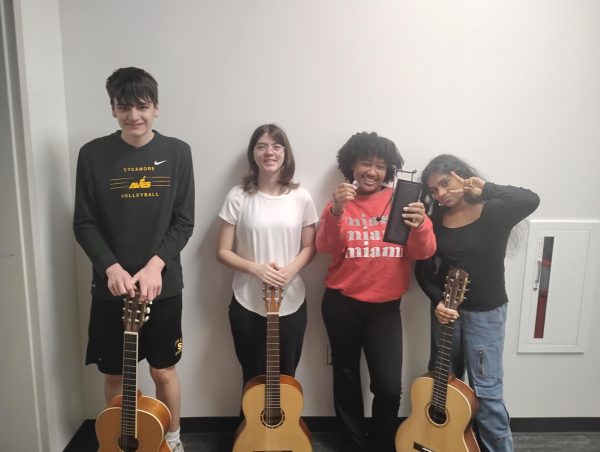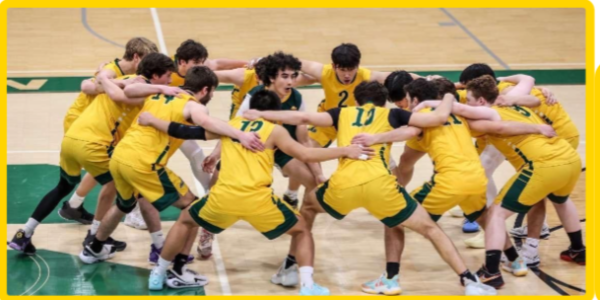Acting against the absence of Asian history
THE CONCERNING ABSENCE. SHS has been lacking in the teaching and offering of Asian history. “Even in the junior high, they won’t cover [Asian history] that much; they do world history but even world history [was] more about what was happening in North America,” Chidambaram said.
With 48 countries, 2,300 languages, and over 4 billion people, Asia is the largest and one of the most historically and culturally rich continents in the world. Then, how come when looking through the SHS Course Planner, Asian history is not an available course?
With over ten history courses available to students, it is quite surprising that none of them encompass the history of Asia, given Asia’s major influence on the world; only American and European classes are offered. With Asia being one of the richest cultured continents and the largest continent, the lack of an elective to learn of this is a bad call from the school board.
Some students feel neglected from the school due to the lack of this course.
“It makes me feel a little bit secluded from everyone, and especially when you’re talking about, ‘oh, my grandparents are from this country’; I don’t get to talk about that because I don’t have a class where I get to learn about Indian history,” said Shruthi Chidambaram, 12.
Senior Esther Ku shares similar views.
“As an Asian myself, I do know some part of the history, but not as much compared to American history and I want to know more about Asia in general…there’s [increasingly] more ethnicities and more diversities [in SHS], so I think [Asian history] should be a course that everyone can take,” Ku said.
Although the US is culturally descended from Europe, there are still increasingly more Asian influence and Asian-descented students. This goes for African and South-American histories as well; from the Norte Chico civilization to the ancient Egyptian civilization, Africa and South America are both dense with history, and should also be provided as electives in SHS.
However, there are obstacles that have and continue to hinder the creation of such courses; Mr. Corattiyil discusses the laborious process.
“First, there has to be an adequate number of staff who can teach it and [it depends on] how much free time they have and how many resources we have to hire staff. Second, [we] spend at least one year in developing a curriculum…”
“…it’s got to be a very progressive curriculum, there’s got to be certain state standards, [and] it’s got to have certain assessments attached to it…third, we have to gauge student interest. So if there are ten kids in the whole school who wants to take it, we wouldn’t be able to give one staff member’s entire time to teaching that class,” Mr. Corattiyil said.
Even though the process may be difficult, the importance of having various histories offered outweigh the cons. The immense diversity of SHS further reinforces the need for having more diverse options for histories.
As a school that prides in its richly cultured student population, and Asian history elective will help improve understanding, broaden the viewpoint overall of SHS students, and educate them in a way that only learning American and European history will not.
Your donation will support the student journalists of Sycamore High School. Your contribution will allow us to purchase equipment and cover our annual website hosting costs.


![THE CONCERNING ABSENCE. SHS has been lacking in the teaching and offering of Asian history. “Even in the junior high, they won’t cover [Asian history] that much; they do world history but even world history [was] more about what was happening in North America,” Chidambaram said.](https://shsleaf.org/wp-content/uploads/2019/09/guoopinionasianhistoryphoto-900x675.jpg)







